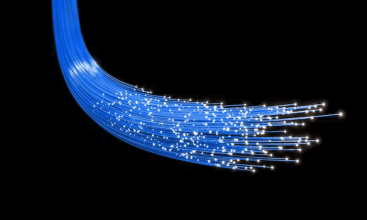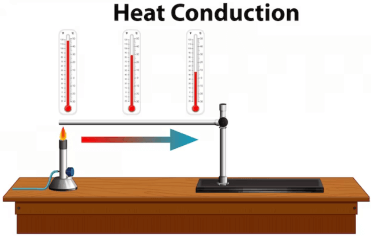Question
a.
True
b.
False
c.
May be True or False
d.
Can't say
Posted under Cell Biology
Interact with the Community - Share Your Thoughts
Uncertain About the Answer? Seek Clarification Here.
Understand the Explanation? Include it Here.
Q. Receptor down regulation leads to a decrease in the sensitivity of the cell towards further stimulation.
Similar Questions
Explore Relevant Multiple Choice Questions (MCQs)
Q. Following internalization, vesicle–bound materials are transported to _________________
View solution
Q. Late endosomes are located near the _____________
View solution
Q. Transformation from an early to a late endosome is characterized by a decrease in ______________
View solution
Q. Receptors dissociate from their bound ligands as a result of ________________
View solution
Q. Where do the materials ingested by endocytosis, reach after travelling through the late endosome?
View solution
Q. ‘Niemann–Pick type C disease’ is caused due to deficiency of a specific ________________
View solution
Q. Mycobacterium tuberculosis inhibits the fusion of its phagosome with _________________ following phagocytosis.
View solution
Q. Eough endoplasmic reticulum imports its proteins posttranslationally.
View solution
Q. For which of the following organelles, the proteins to be imported remain in their native folded state?
View solution
Q. Most of the proteins of mitochondria are synthesized in the ______________
View solution
Q. Mitochondrial matrix proteins have a target sequence, called presequence located at __________
View solution
Q. Hsp 70 and Hsp 90 are ____________ involved in the mitochondrial uptake of proteins.
View solution
Q. Following its entry into the mitochondrial matrix, the peptide is _______________
View solution
Q. In how many subcompartments of the chloroplasts, can the proteins be delivered?
View solution
Q. Most proteins destined for uptake by the chloroplasts are synthesized with a ________________
View solution
Q. ‘Stroma targeting domain’ is located in the ________________
View solution
Q. Channels that help ions to cross the membrane are called as
View solution
Q. In catalytic receptors, the activity initiator at the extracellular surface is
View solution
Q. Movement of phospholipids from side to side is known as
View solution
Q. A type of movement which does not requires energy is called
View solution
Recommended Subjects
Are you eager to expand your knowledge beyond Cell Biology? We've handpicked a range of related categories that you might find intriguing.
Click on the categories below to discover a wealth of MCQs and enrich your understanding of various subjects. Happy exploring!








